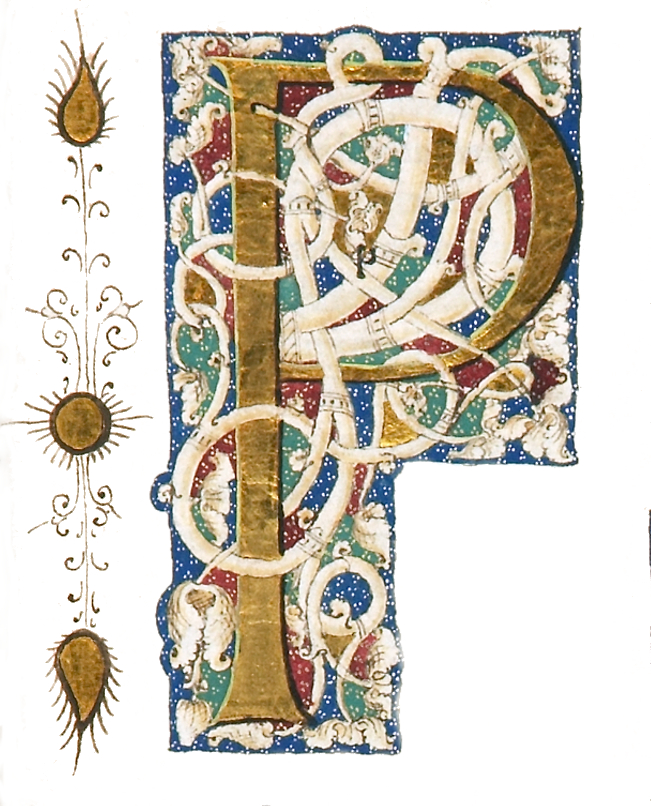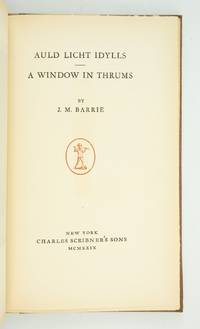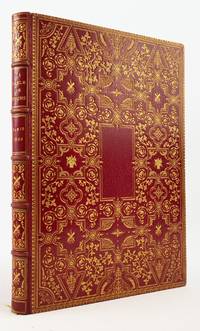1771 · London
by (GARDENING). MILLER, PHILIP
London: Printed for the Author; And Sold by John and Francis Rivington [et al], 1771. Sixth Edition. 270 x 200 mm. (10 1/2 x 8"). [464] leaves.
Early half calf over marbled boards, skillfully rebacked in the 19th century with sheep, raised bands, spine with blind-tooled flowers, gilt lettering, hinges neatly reinforced. With 13 total illustrations, including the engraved frontispiece and 12 folding plates depicting plants and agricultural structures. Spine with faint remnants of labels in top and bottom panels, occasional marginal notations in pencil in a neat 19th century hand. Henrey 1123; ESTC T59414. Light general wear to the binding, but everything sound and agreeable externally. A few spots of no consequence internally with the text generally clean and pleasing, and the plates quite fresh. A pleasing copy.
This is an influential work by the author DNB calls "the most distinguished and influential British gardener of the eighteenth century." A contemporary of Linnaeus and Sir Hans Sloane, Philip Miller (1691-1771) was a gardener, horticulturalist, and Fellow of the Royal Society. Following the immense success of his "Gardeners Dictionary" in 1732, Miller released an abridged version three years later. The abridgment proved to be as popular as the original version. Swedish naturalist Pehr Kalm wrote in 1753 that "I have asked several of the greatest and best horticulturists both in England and America, what author and what book they had found and believed to be the best in horticulture. . . . They have all answered with one mouth, [that] Miller’s 'Gardener’s Dictionary,' either in folio, or the abstract in 8vo. [i.e., the abridgment], was the best of all, and that when one has it, no other book is afterwards required." Our sixth edition ("enlarged" from the version discussed by Kalm), was the final edition published during Miller’s lifetime.. (Inventory #: ST19567-172)
Early half calf over marbled boards, skillfully rebacked in the 19th century with sheep, raised bands, spine with blind-tooled flowers, gilt lettering, hinges neatly reinforced. With 13 total illustrations, including the engraved frontispiece and 12 folding plates depicting plants and agricultural structures. Spine with faint remnants of labels in top and bottom panels, occasional marginal notations in pencil in a neat 19th century hand. Henrey 1123; ESTC T59414. Light general wear to the binding, but everything sound and agreeable externally. A few spots of no consequence internally with the text generally clean and pleasing, and the plates quite fresh. A pleasing copy.
This is an influential work by the author DNB calls "the most distinguished and influential British gardener of the eighteenth century." A contemporary of Linnaeus and Sir Hans Sloane, Philip Miller (1691-1771) was a gardener, horticulturalist, and Fellow of the Royal Society. Following the immense success of his "Gardeners Dictionary" in 1732, Miller released an abridged version three years later. The abridgment proved to be as popular as the original version. Swedish naturalist Pehr Kalm wrote in 1753 that "I have asked several of the greatest and best horticulturists both in England and America, what author and what book they had found and believed to be the best in horticulture. . . . They have all answered with one mouth, [that] Miller’s 'Gardener’s Dictionary,' either in folio, or the abstract in 8vo. [i.e., the abridgment], was the best of all, and that when one has it, no other book is afterwards required." Our sixth edition ("enlarged" from the version discussed by Kalm), was the final edition published during Miller’s lifetime.. (Inventory #: ST19567-172)










